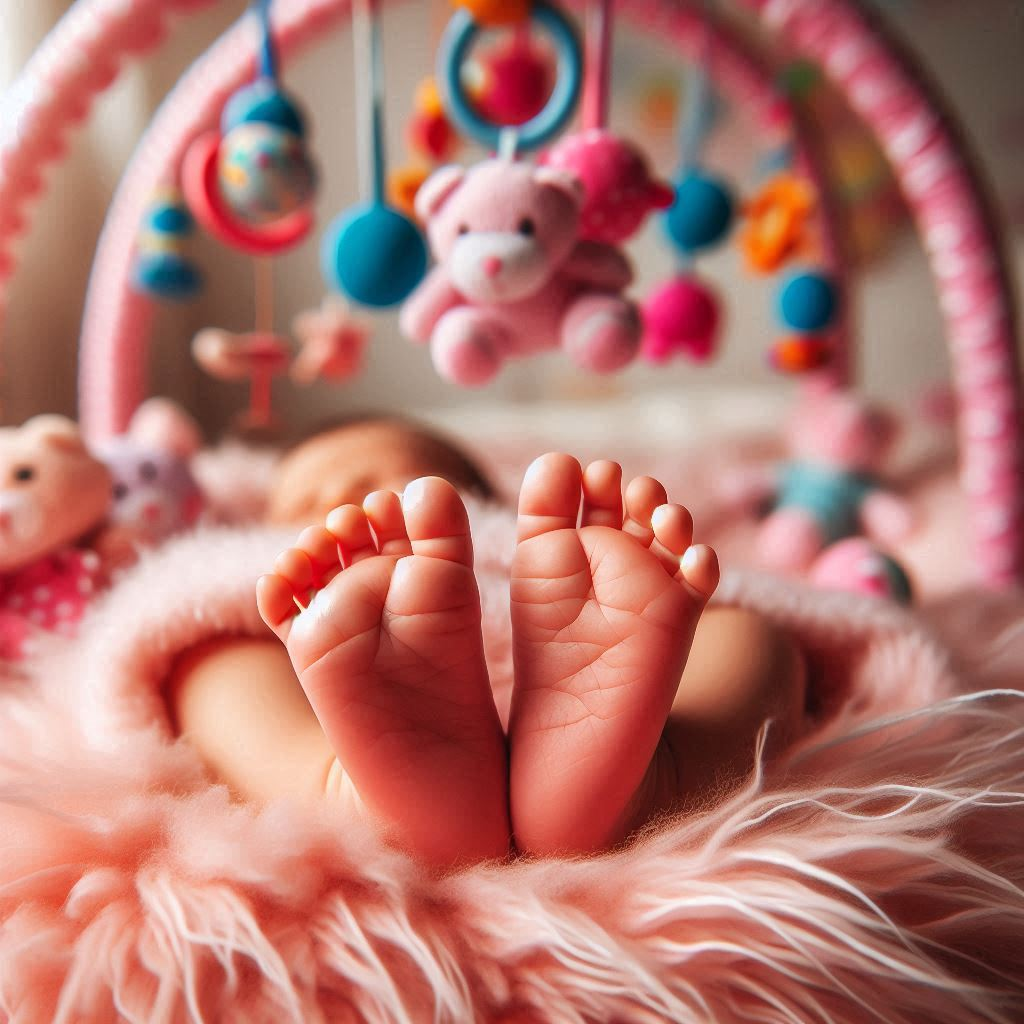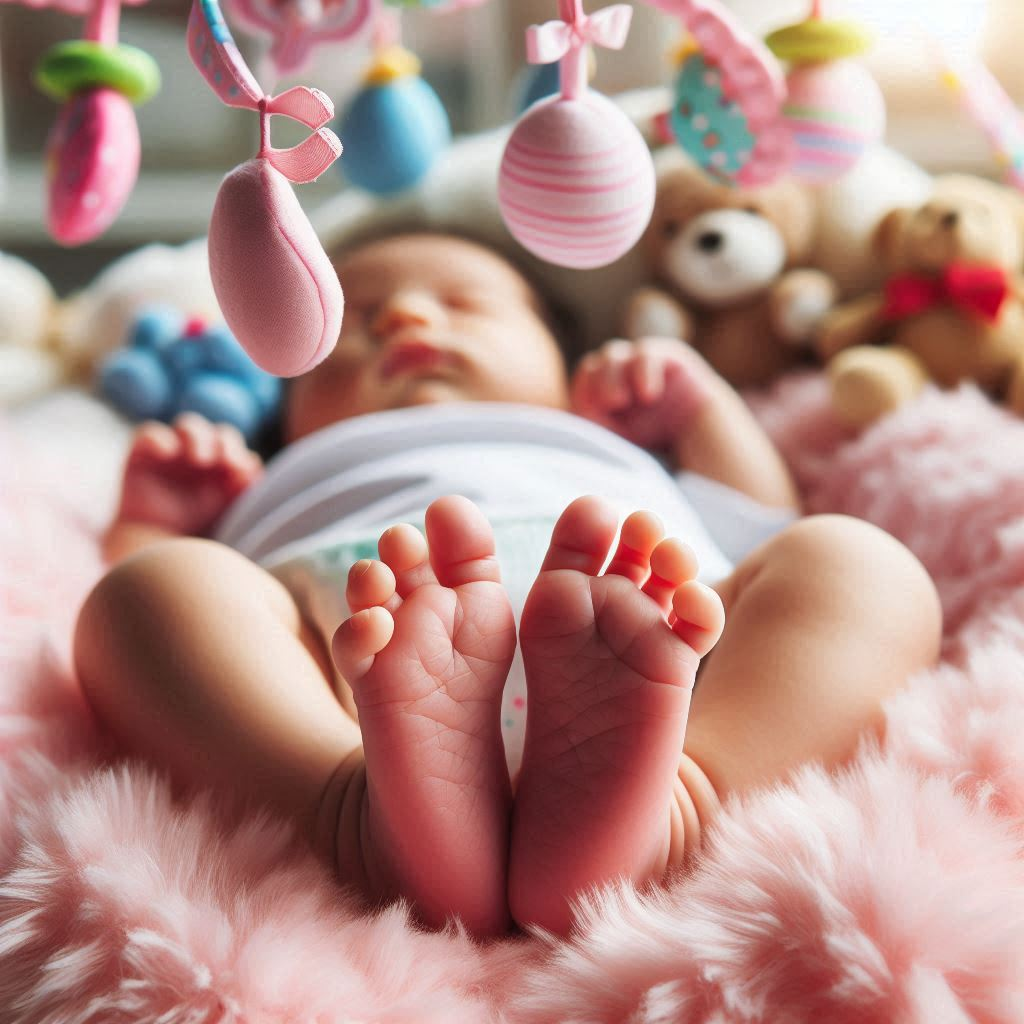My 5 Month Old Baby’s Feet Are Cold and Sweating
As a parent, you might be worried if you notice your 5-month-old baby’s feet are cold and sweating. It’s a common concern, but understanding the causes and knowing how to manage this condition can help put your mind at ease. Let’s dive into this topic and explore everything you need to know about cold and sweaty feet in babies.
Quick Answer
Cold and sweaty feet in 5-month-old babies are often normal and related to their developing sweat glands. It can also be caused by environmental factors like room temperature or clothing. While usually not serious, persistent symptoms or other health concerns should be discussed with a pediatrician.
Understanding Baby’s Temperature Regulation
Before we get into the specifics of cold and sweaty feet, it’s important to understand how babies regulate their body temperature. Unlike adults, babies don’t have fully developed temperature control systems. Their bodies are still learning to adjust to different environments, which can lead to some interesting and sometimes worrying symptoms.
The Role of Sweat Glands

Babies are born with sweat glands all over their bodies, including their feet. These glands play a crucial role in regulating body temperature. However, in babies, these sweat glands are still developing and can sometimes overreact. This means your little one might sweat more than necessary, even when it’s not particularly hot.
Common Causes of Cold and Sweaty Feet in Babies
Now that we understand the basics, let’s look at some specific reasons why your 5-month-old’s feet might be cold and sweaty:
1. Normal Development
As mentioned earlier, your baby’s sweat glands are still figuring things out. It’s not unusual for babies to have sweaty feet as their bodies learn to regulate temperature effectively. This is often nothing to worry about and will improve as your baby grows.
2. Environmental Factors
- Overbundling: We all want to make sure our babies are warm and cozy, but sometimes we can overdo it. Dressing your baby in too many layers can cause overheating, leading to sweaty feet.
- Room Temperature: If your baby’s room is too warm, it can cause sweating. The ideal room temperature for a baby is between 68-72°F (20-22°C).
- Clothing Material: Synthetic materials that don’t allow the skin to breathe can increase sweating. Natural, breathable fabrics like cotton are usually a better choice.
3. Health Factors
- Fever or Illness: If your baby has a fever, their body will naturally sweat more to cool down. This can result in cold, clammy feet.
- Hyperhidrosis: This is a condition that leads to excessive sweating. While it’s not common in babies, it’s something to consider if the sweating seems excessive.
- Nutrient Deficiency: In some cases, a lack of certain vitamins and minerals, such as Vitamin D, calcium, or zinc, can cause excessive sweating in babies.
When Should You Be Concerned?
While cold and sweaty feet in babies are usually not a cause for alarm, there are some situations where you should consult a healthcare provider:
- If the sweating is excessive and not limited to the feet
- If your baby shows signs of other symptoms such as poor weight gain, lethargy, or a persistent cough
- If the condition persists despite making changes to their clothing and environment
- If you notice any changes in your baby’s skin color, especially if it looks blue or pale
- If your baby seems uncomfortable or is having trouble sleeping due to sweaty feet
Managing Cold and Sweaty Feet in Your Baby
Now that we understand the causes, let’s look at some practical steps you can take to manage your baby’s cold and sweaty feet:
- Dress Your Baby Appropriately: Avoid overbundling. Dress your baby in layers that can be easily added or removed based on the temperature. A good rule of thumb is to dress your baby in one more layer than you’re comfortable in.
- Use Breathable Materials: Choose socks and clothes made from natural fibers like cotton which allow the skin to breathe. Avoid synthetic materials that can trap heat and moisture.
- Maintain Optimal Room Temperature: Keep your home at a comfortable temperature, ideally between 68-72°F (20-22°C). Use a room thermometer to help you keep track.
- Regular Temperature Checks: Periodically touch your baby’s skin to see if they feel too warm or are sweating. The back of the neck or the tummy are good places to check. Adjust their clothing accordingly.
- Ensure Adequate Hydration: Make sure your baby stays well-hydrated, especially in warmer weather. If you’re breastfeeding, you might need to feed more frequently. If your baby is on formula or has started solids, offer extra water (as recommended by your pediatrician).
- Air Out Their Feet: Give your baby some barefoot time each day. This allows their feet to breathe and can help reduce sweating.
- Use Talcum Powder: A light dusting of talcum powder can help absorb excess moisture. Be careful not to use too much, and keep it away from your baby’s face to avoid inhalation.
A Mom’s Story: Dealing with Baby’s Cold and Sweaty Feet
When my daughter Lily was about 5 months old, I noticed her feet were often cold and clammy. At first, I was worried and kept putting more socks on her, thinking she was cold. But then I realized her feet were actually sweating inside all those layers!
After talking to our pediatrician and doing some research, I learned that this was pretty normal for babies her age. We started dressing her in lighter, breathable clothes and keeping her room a bit cooler. We also gave her more barefoot time during the day.
It took a little trial and error, but after a few weeks, we noticed a big improvement. Lily seemed more comfortable, and her feet weren’t as cold or sweaty. It was such a relief to understand what was happening and know how to handle it!
The Science Behind Baby Sweat
Let’s take a closer look at why babies sweat. Sweating is the body’s natural cooling mechanism. When we get too warm, our sweat glands produce moisture on our skin. As this moisture evaporates, it cools us down.
Babies are born with two types of sweat glands:
- Eccrine glands: These are found all over the body, including the feet. They produce a clear, odorless sweat and are responsible for regulating body temperature.
- Apocrine glands: These are found mainly in the armpits and groin area. They become active during puberty and produce the type of sweat associated with body odor.
In babies, the eccrine glands are still developing. They might not always work efficiently, which can lead to overproduction of sweat in some areas, like the feet.
The Role of Circulation in Cold, Sweaty Feet
Sometimes, a baby’s feet might feel cold even when they’re sweating. This can be due to their developing circulatory system. Babies’ blood vessels are still learning to regulate blood flow efficiently. This means that sometimes, less blood might reach their extremities, making their feet feel cold to the touch even if they’re sweating.
Nutritional Considerations
While it’s less common, nutritional factors can sometimes play a role in excessive sweating in babies. Here are a few nutrients to keep in mind:
- Vitamin D: This vitamin helps regulate the sweat glands. A deficiency could potentially lead to excessive sweating.
- Calcium: Works alongside Vitamin D in various bodily functions, including sweat regulation.
- Zinc: Plays a role in regulating body temperature and sweat production.
If you’re concerned about your baby’s nutrition, always consult with your pediatrician before making any changes to their diet or considering supplements.
When to Consult Your Pediatrician
While cold and sweaty feet are often normal in babies, there are times when it’s best to seek professional advice. Contact your pediatrician if:
- The sweating is excessive and affects your baby’s daily life
- Your baby shows signs of discomfort or irritation
- You notice other symptoms along with the sweating, such as fever, lethargy, or poor feeding
- The sweating persists despite trying the management techniques mentioned earlier
- You have any concerns about your baby’s growth or development
Conclusion: Understanding and Managing Your Baby’s Cold, Sweaty Feet
Dealing with a 5-month-old baby’s cold and sweaty feet can be worrying, but remember, it’s often a normal part of their development. By understanding the causes and knowing how to manage the condition, you can help keep your baby comfortable and healthy.
Remember these key points:
- Cold and sweaty feet are often normal in babies due to developing sweat glands and circulatory systems
- Environmental factors like room temperature and clothing can contribute to the issue
- Dressing your baby in breathable layers and maintaining a comfortable room temperature can help
- While usually not serious, persistent symptoms or other health concerns should be discussed with a pediatrician
Every baby is unique, and what works for one might not work for another. Don’t hesitate to consult with your pediatrician if you have concerns. With patience and care, you’ll find the best way to keep your little one comfortable and happy.
Keep in Mind
Now that you understand more about your baby’s cold and sweaty feet, here are some actions you can take:
- Review your baby’s clothing and adjust as needed, opting for breathable fabrics
- Check and adjust the temperature in your baby’s room
- Monitor your baby’s symptoms and overall comfort
- If concerns persist, schedule a check-up with your pediatrician
- Continue to learn about your baby’s development to better understand their changing needs
Remember, you’re doing a great job, and it’s normal to have questions and concerns as you navigate parenthood. Trust your instincts, seek help when needed, and enjoy this special time with your little one!

Jessica Winter is a passionate parenting blogger with two years of experience guiding new and seasoned parents through the joys and challenges of raising babies. Her insightful posts blend personal anecdotes with expert advice to offer a warm and practical perspective on modern parenting.

